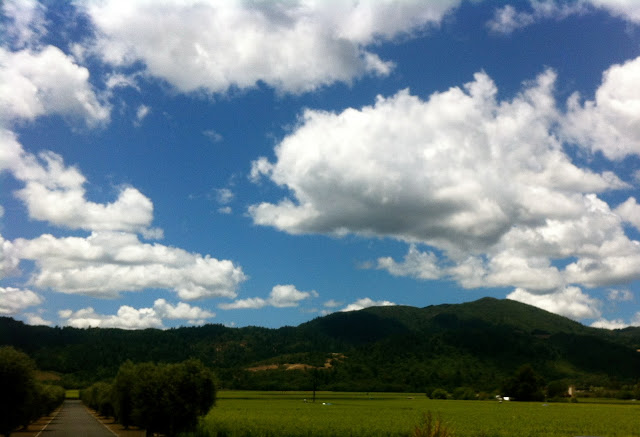Even though allergies have been brutal this year, this is still an amaxing place to work.
Below is the view directly outside my lab:
There are still a lot of things up in the air about my own wine making project, so I'll take a moment to talk about something else that has consumed a lot of my time since February: corks.
This is the lab of a cork supplier I work with. They soak their corks for screening in individual jars like I do. I have a single table, but they have 3 that they can set up. This is 250 corks. My sensory sessions are only 100 corks, I do not envy them.
However, these corks are soaked in Franzia, and I soak in 10% Ethanol.
Another method that I haven't talked about is the "Dry Soak" Method. It's the same concept where a single cork is in a small jar, but instead of submerging the cork in a solvent like wine or ethanol, you use 200 microlitres of de-ionized water for 24 hours.
The 200 microlitres are about 5 drops of water. That small amount of water creates humidity in the head space of the jar which draws any TCA out of the cork and creates a similar effect as soaking the entire cork. This method requires a lot less preparation but is still fairly new. I'm done screening corks for this year, but next year I will definitely do more screening with the dry method.
Below is some footage I put together of several different suppliers that I work with. It shows the sorting and branding process.
This should be it for corks until next year.
Unrelated question: does anyone with a science background want to make wine in Napa this year? I am looking for an intern.
-Lucia





No comments:
Post a Comment